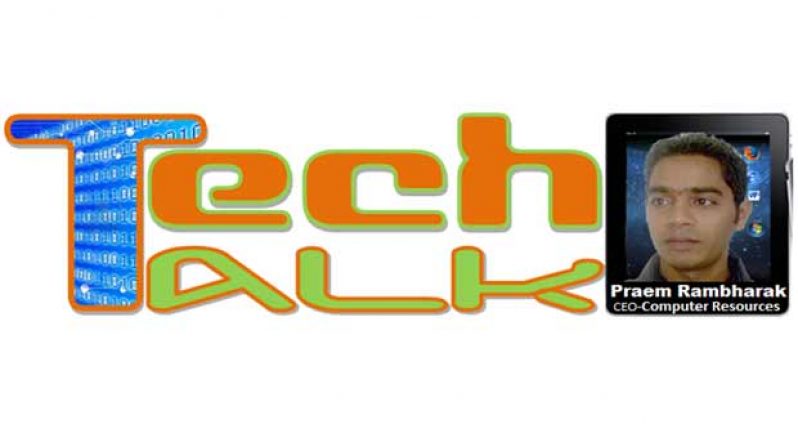Google Search, commonly referred to as Google Web Search or just Google, is a web search engine owned by Google Inc. It is the most-used search engine on the World Wide Web, handling more than three billion searches each day…WOW! Three billion… Google hopes to develop a wristband that would carry out non-invasive blood tests…so from a search giant to medical inventor? Cool!
Google hopes to develop a wristband that would carry out non-invasive blood tests…so from a search giant to medical inventor? Cool!
Google is aiming to diagnose cancers, impending heart attacks or strokes and other diseases, at a much earlier stage than is currently possible.
The company is working on technology that combines disease-detecting nano-particles, which would enter a patient’s bloodstream via a swallowed pill, with a wrist-worn sensor.
The idea is to identify slight changes in the person’s biochemistry that could act as an early warning system.
Early diagnosis is the key to treating disease. Many cancers, such as pancreatic, are detected only after they have become untreatable and fatal. There are marked differences between cancerous and healthy tissues.
Google’s ambition is to constantly monitor the blood for the unique traces of cancer, allowing diagnosis long before any physical symptoms appear.
The project is being conducted by the search company’s research unit, Google X, which is dedicated to investigating potentially revolutionary innovations.
It marks the firm’s latest shift into the medical sector following its work on glucose-measuring contact lenses for patients with diabetes and the acquisition of a start-up that developed a spoon to counteract the tremors caused by Parkinson’s disease.
Google has also bought stakes in Calico, an anti-ageing research company, and 23andMe, which offers personal genetic-testing kits.
Nanoparticles
The diagnostic project is being led by Dr Andrew Conrad, a molecular biologist who previously developed a cheap HIV test that has become widely used.
I think what Google is trying to do is change medicine from reactive and transactional to proactive and preventative. Evidently, Nanoparticles give you the ability to explore the body at a molecular and cellular level. Google is designing a suite of nanoparticles which are intended to match markers for different conditions. They could be tailored to stick to a cancerous cell or a fragment of cancerous DNA.
Or they could find evidence of fatty plaques about to break free from the lining of blood vessels. These can cause a heart attack or stroke if they stop the flow of blood. Another set would constantly monitor chemicals in the blood.
 High levels of potassium are linked to kidney disease. Google believes it will be possible to construct porous nanoparticles that alter colour as potassium passes through.
High levels of potassium are linked to kidney disease. Google believes it will be possible to construct porous nanoparticles that alter colour as potassium passes through.
As part of the project, the researchers have also explored ways of using magnetism to concentrate the nanoparticles temporarily in a single area.
The tech company’s ambition is ultimately to create a wristband that would take readings of the nanoparticles via light and radio waves one or more times a day. Go Google…make it happen!
BlackBerry has unveiled a new smartphone…
…has a markedly old-school feel.
The term BlackBerry refers to a line of wireless handheld devices and services designed and marketed by BlackBerry Limited, formerly known as Research In Motion Limited (RIM).
The “BlackBerry Classic” has all the old BlackBerry staples, including a trackpad, navigation keys, and a physical keyboard. But it has an updated look, a bigger screen, and it runs BlackBerry’s latest BlackBerry 10 operating system.
Essentially, it’s a slightly more modern take on the BlackBerry Curve or BlackBerry Bold from several years ago. Even as BlackBerry says that it’s shifting focus away from its poor-selling devices, there remains a passionate, core group of customers that love their “CrackBerries”. But BlackBerry’s product line-up has evolved in recent years, gaining touch screens and other bells and whistles that try to mimic the iPhone and Android smartphones.
Some BlackBerry devices have delved into the truly outlandish, including the giant, square BlackBerry Passport and the $1,950 P’9983 smartphone designed by Porsche. BlackBerry acknowledged that those phones aren’t for everybody particularly longstanding BlackBerry fans.
The classic and especially the passport are just so underutilized which is a shame because they’re far better than many of the “popular” smartphones.
Personally, I think that’s smart. Instead of trying to be like the “big boys”, focus on what you’ve done that people enjoy using and make it the best it can be. I wish Microsoft would follow that advice… nonetheless they (Microsoft) do not respect tradition, only innovation. Again, are we all in for that? There’s also demand for a high



.jpg)








